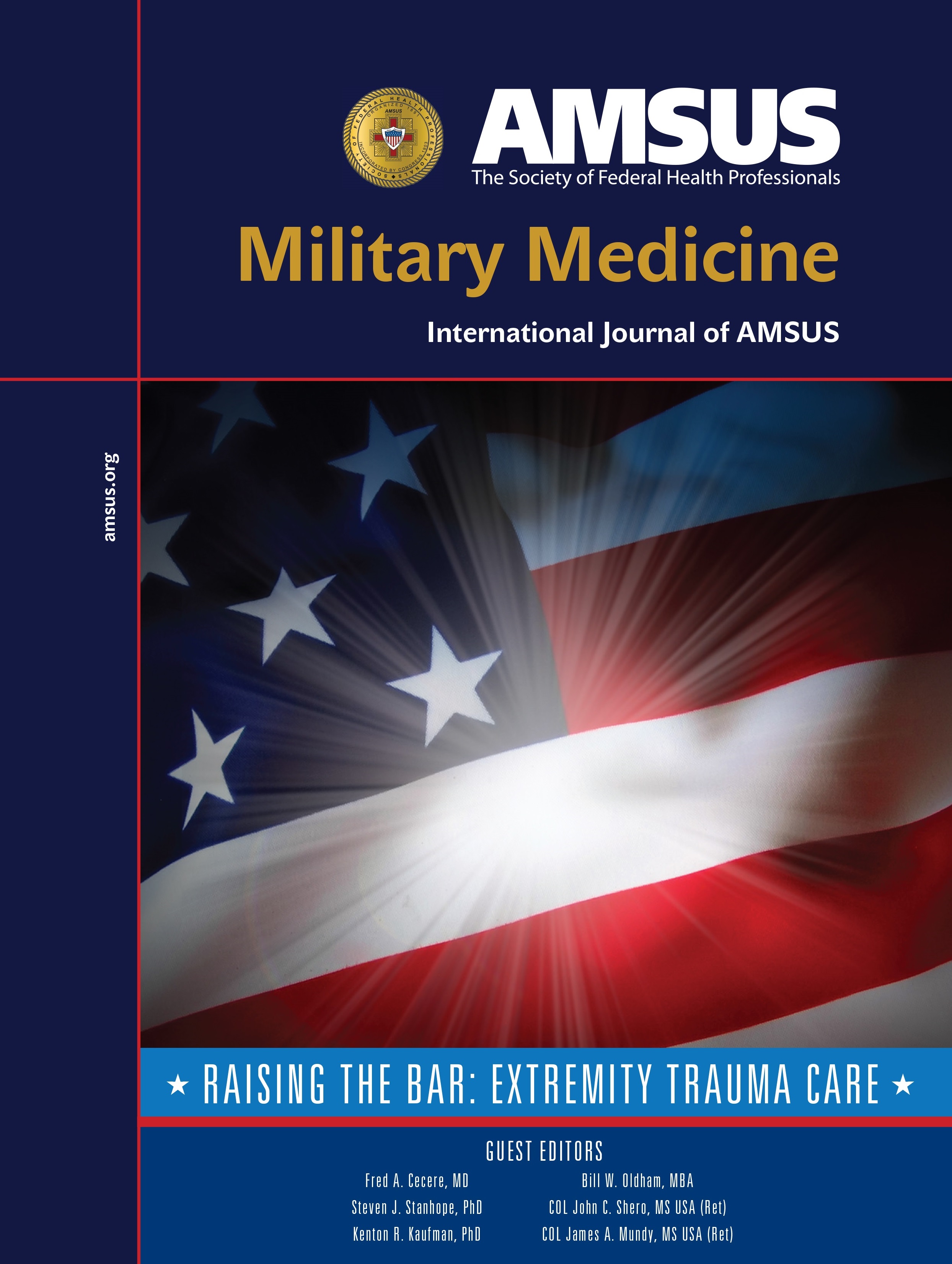The Bridging Advanced Developments for Exceptional Rehabilitation (BADER) Consortium strengthened evidence-based orthopaedic rehabilitation care to improve the lives of wounded warriors and to optimize their functional outcomes after combat and combat-related orthopaedic and musculoskeletal injuries.
By supporting the clinical rehabilitation-intensive culture across four U.S. Department of Defense military treatment facilities (MTFs) and among affiliate research sites across the country, the Consortium sought to move research and clinical trials forward.
BADER’s clinical contributions include: 1) the prescription of prosthetic devices for optimal running gait; 2) standardized lower-extremity assessment batteries for DoD and VA clinical sites; 3) objective criteria for evaluating and prescribing prosthetic ankle-foot components for service members with transtibial amputations who wish to perform physically demanding tasks; 4) the design of more effective training protocols to prevent falls in patients with lower limb amputation; and 5) the creation of a real-time biofeedback software system used for research and ultimately integrated into clinical care.

Army Sgt. James Ford and the Chief of Staff of the Army, GEN. George W. Casey Jr., talk while other Soldiers practice physical therapy at the Center for the Intrepid, Ft. Sam Houston, TX, on Nov. 17, 2008. Army photo by D. Myles Cullen (released)

